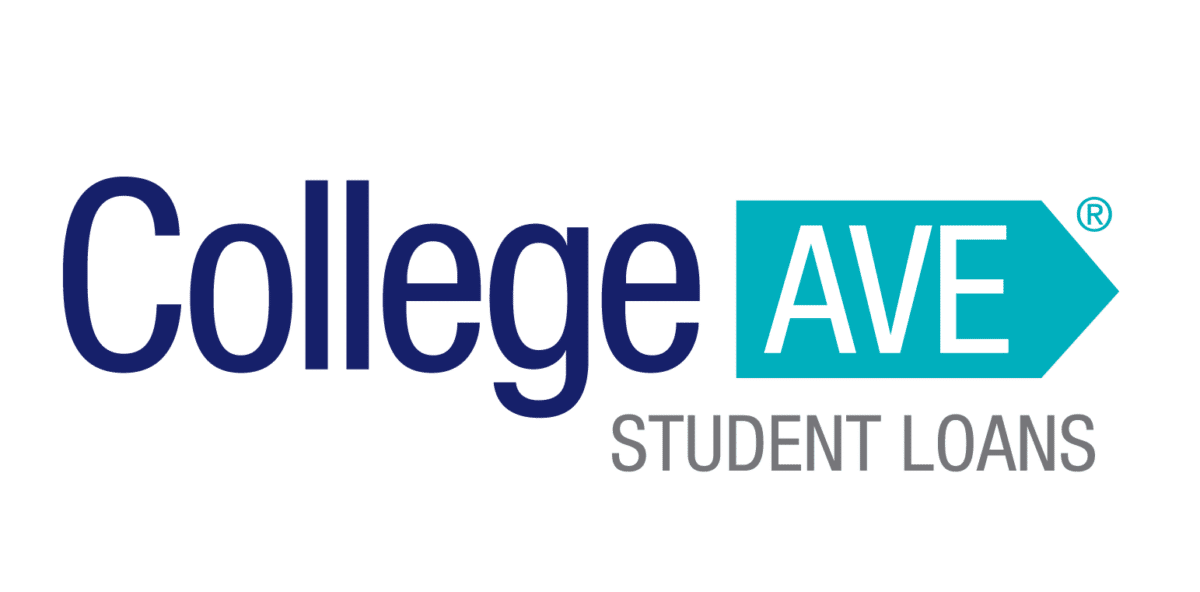
Forty-four million students are taking out loans to pay for school. And a portion of these loans will most likely be federal Direct Loans.
It’s important for students to understand the types of Direct Loans and how they work — not only because the loans mean debt but also because Direct Loans offer multiple repayment options and are eligible for student loan forgiveness programs.
Is a Direct Loan the only type of federal student loan?
Currently, the only kind of federal student loans are Direct Loans. It wasn’t always this way, though.
A brief history of Direct Loans
In 1958, the very first student loans were Direct Loans capitalized under the U.S. Department of the Treasury. This program soon dissipated as Direct Loan would show up as total losses in the budget.
Instead, the government began guaranteeing student loans provided by banks and nonprofit lenders in 1965. This was called the Federal Family Education Loan (FFEL) Program. This program maintained its dominance as the main type of student loan for many years. It was also profitable for lenders.
Over the years, other federal student loan programs popped up, like the Health Education Assistance Loan (HEAL) and the Perkins Loan. These programs have since been discontinued.
The shift toward Direct Loans really began in 2008, when the financial crisis made the FFEL Loans no longer profitable. To try and keep the loans viable, Congress allowed the government to provide funding to lenders and for lenders to sell FFEL loans to the government. Essentially, the government began financing FFEL loans.
The subsidies paid to private lenders with the FFEL program was a sinking ship. Finally, in 2010, former President Barack Obama signed into law a bill that eliminated the FFEL program. Direct Loans were the only type of federal students loans issued from this point forward.
What does this mean for how Direct Loans operate now?
Direct Loans come directly from the federal government now.
The U.S. Department of Education’s federal student loan program is called the William D. Ford Federal Direct Loan Program — shortened to Direct Loan. If you have a Direct Loan, the U.S. Department of Education is your lender.
These student loans are offered to all students. The eligibility criteria vary for each type of Direct Loan, with some based on financial need and some based on a credit check.
What types of Direct Loans are there?
There are four types of Direct Loans available to students. When looking at student loans, consider both the interest rate and the loan terms.
1. Subsidized Direct Loans
Subsidized Direct Loans are available to undergraduate students. These loans are distributed based on financial need and carry an interest rate of 4.53%.
As a general rule, you should take out Subsidized Direct Loans before taking out any other Direct Loans, if possible. This is because the interest that accrues on subsidized loans while you’re in school is paid for by the government.
2. Unsubsidized Direct Loans
Unsubsidized Direct Loans are available to both undergraduate and graduate students. These loans are not based on financial need but do have a limit to the amount you can borrow each year and in total. The current interest rate for undergraduate Unsubsidized Direct Loans is 4.53%. The current interest rate for graduate Unsubsidized Direct Loans is 6.08%.
Unsubsidized Direct Loans are the next best option after subsidized student loans. This is because they’re still eligible for the same repayment programs and student loan forgiveness options. They also carry a lower rate than the other Direct Loan options to follow.
Keep in mind that the interest isn’t paid by the government on unsubsidized student loans, so it will accrue while you’re in school. When you enter repayment, if any there’s any unpaid interest, it will capitalize and be added to the total loan balance. If you take out this type of Direct Loan, paying the interest while in school is a good idea.
3. Direct PLUS Loans
Direct PLUS Loans are available to graduate and professional students in addition to parents of students. These loans can be broken into two categories: Grad PLUS Loans and Parent PLUS Loans. Both require a credit check and an application beyond the Free Application for Federal Aid (FAFSA). The interest rate is 7.08%.
Many graduate students need to look into the Grad PLUS Loan to fund their education due to the limits on both Subsidized and Unsubsidized Direct Loans. The Grad PLUS Direct Loan has one of the highest interest rates.
Because of this, you’ll want to compare the Grad PLUS Loan to other private student loan lenders. If you have good credit and can afford to begin paying back the student loan right away, you could find a better deal with a private student loan.
The same is true for the Parent PLUS Loan. You could find a better rate elsewhere as a parent.
However, a private loan means giving up the borrower benefits of a federal student loan.
4. Direct Consolidation Loan
A Direct Consolidation Loan is a way to combine all of your student loans into one single loan. This also means you’d have one individual loan servicer. With a Direct Consolidation Loan, a weighted average of your interest rates from the loans you combine is used to give you one fixed rate.
The Direct Consolidation Loan can be helpful to simplify your payments once you exit school. It can also be the secret ticket to making a Parent PLUS Loan eligible for student loan forgiveness. However, this kind of consolidation shouldn’t be used without some thought to the pros and cons, especially if you’re already enrolled in a student loan forgiveness program.
Are Direct Loans eligible for student loan forgiveness programs?
The benefits of federal student loans over private student loans are many. These include low fixed interest rates and repayment plans that work with your current income. Perhaps one of the most important benefits to Direct Loans is the eligibility for student loan forgiveness programs.
But while Direct Loans may qualify for student loan forgiveness, not every Direct Loan is necessarily eligible for all student loan forgiveness programs, as each program has its own set of rules and loan eligibility lists.
Some Direct Loans have a few extra hoops to jump through, depending on the loan forgiveness program. For example, the Parent PLUS Loan isn’t eligible for student loan forgiveness in its original form. But if you consolidate a Parent PLUS Loan into a Direct Consolidation Loan, it becomes eligible for some student loan forgiveness programs.
The important thing to keep in mind is that private student loans don’t offer loan forgiveness programs at all. You’ll want to do your research on the more-common student loan forgiveness programs, like Public Service Loan Forgiveness, and the less-common student loan forgiveness programs specific to each state when you look into repayment strategies. Our Student Loan Forgiveness Guide is a good place to start.
How you can apply for a Direct Loan
In order to be eligible for a Direct Loan, you must complete the needed paperwork and check your eligibility requirements. Below are the steps you need to take when you apply for a Direct Loan:
1.Complete the Free Application for Federal Aid
Filing your FAFSA is an essential first step to receiving any Direct Loan. When you complete this application, you’ll need to make sure you meet the basic eligibility requirements and provide documentation for household income. This will include your parents’ income information if you're a dependent student.
When you complete the FAFSA, you’ll create a Federal Student Aid (FSA) ID. Be sure to keep this handy as you’ll need it to access your student loan information later on.
Be sure to include the school(s) you wish to attend before finishing up the FAFSA . You’ll hear from the school about the next step.
2. Review your award letters
After you complete the FAFSA, the college(s) you applied to use the information provided on the FAFSA to determine financial aid eligibility. This includes not only Direct Loans but also scholarships and grants available with the school.
You’ll receive a financial aid award letter from the school listing the student aid that could be extended to you. Once you review your award letter, it’s a good time to calculate how much you’ll actually need to borrow when in school. Although Direct Loans offer protections when paying them back, you don’t ever want to borrow more than you need.
3. Accept, decline or negotiate your financial aid
Once you’ve decided on your school and calculated how much you need to take out, you can decide to accept all or part of the financial aid. Alternatively, you can decline the aid entirely.
If you want Direct Loans, you’ll accept the financial aid. You’ll need to sign a Master Promissory Note. This means you agree to all financial responsibility with the loan, and you’ll pay it back. After you sign, your school will receive the funds for the aid you accepted, which will then be disbursed to cover any current charges, including your tuition.
If you weren’t offered enough financial aid or any Direct Loans, you can negotiate with your school. This is often called an appeal. You’ll need to be prepared to ask for a specific amount and submit it in writing. If approved by your school, you could be granted additional Direct Loans.
Direct Loans are the most-common type of student loan, and you’ll likely be offered one in your financial aid package. Be sure to review the types of loans and look at what loans you may already have before you accept.
Find out what student loans you currently have
If you want to see the types of student loans you already have, you can easily access this information by logging into the National Student Loan Data System (NSLDS) with your FSA ID that you created when you filed your FAFSA.
The NSLDS shows all of your federal student loans and their current status. This list will be helpful when searching for forgiveness program eligibility, too. Don’t forget to keep track of your Direct Loans as you progress through school. Always have a plan in place to pay them back. This will help to ease the anxiety of student loans once you’re done with school.
| Lender Name | Lender | Offer | Learn more |
|---|---|---|---|
| Sallie Mae |

|
Competitive interest rates.
|
Fixed 4.50 - 15.69%
Variable 6.37 - 16.78%
|
| Earnest |

|
Check eligibility in two minutes.
|
Fixed 4.67 - 16.15%
Variable 5.87 - 18.51%
|
| Ascent |

|
Large autopay discounts.
|
Fixed 4.09 - 14.89%
Variable 6.22 - 15.20%
|
| College Ave |

|
Flexible repayment options.
|
Fixed 4.07 - 15.48%
Variable 5.59 - 16.69%
|
